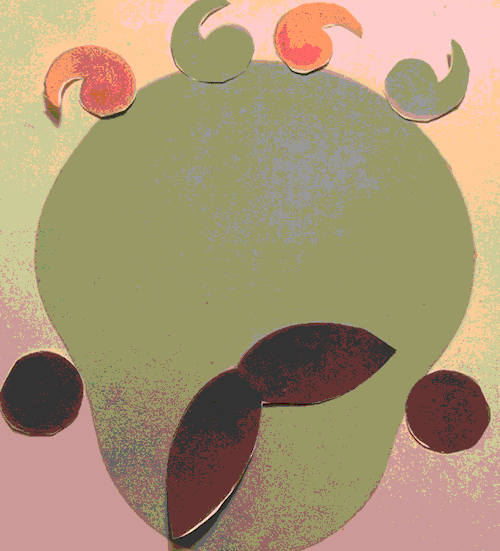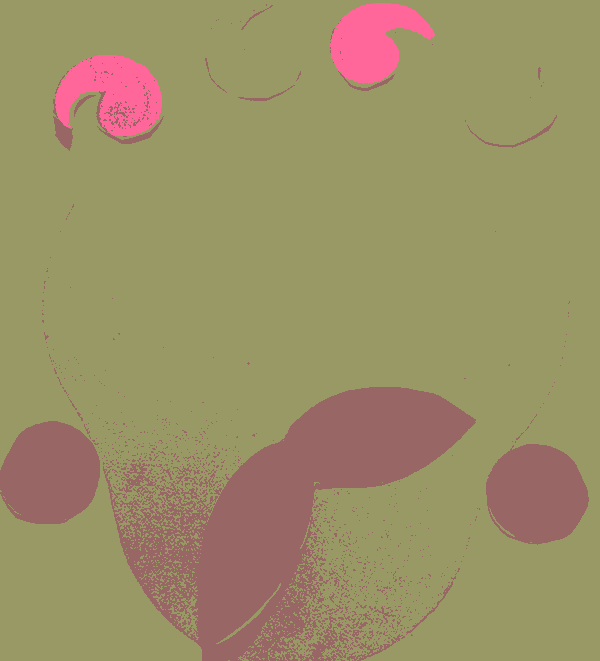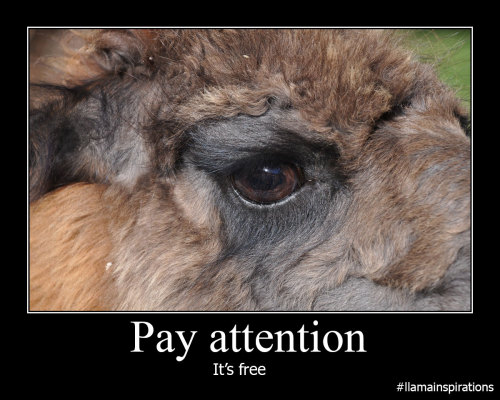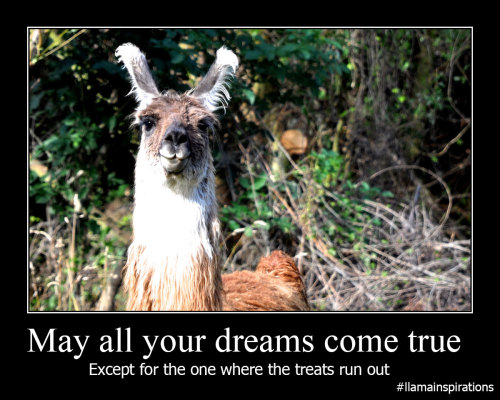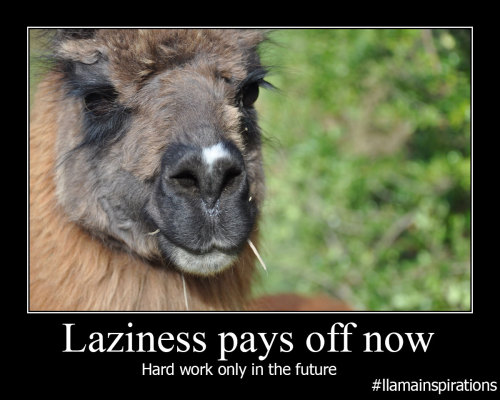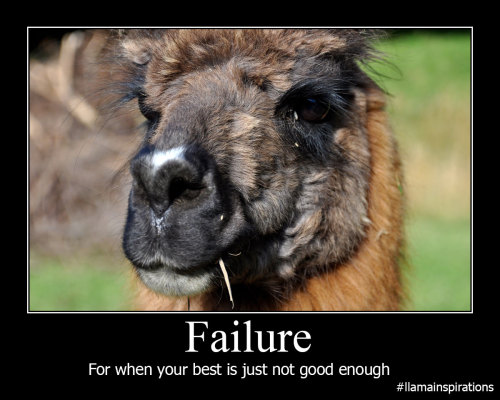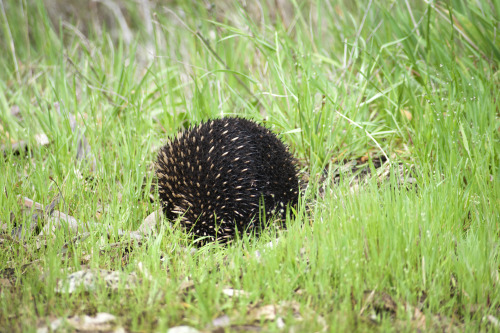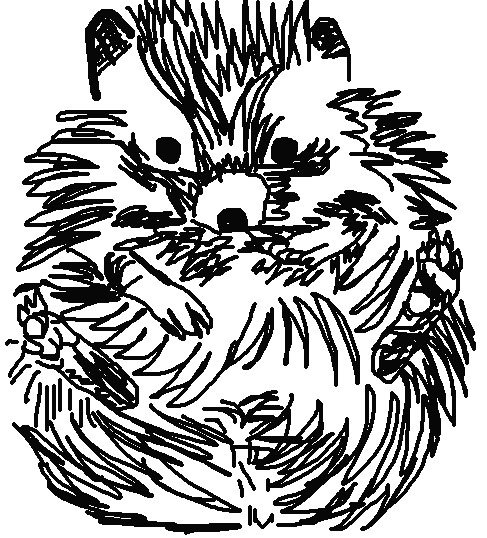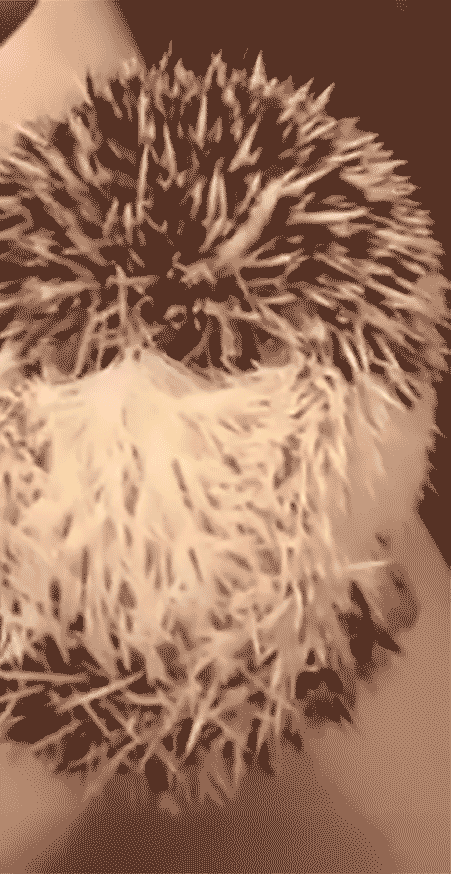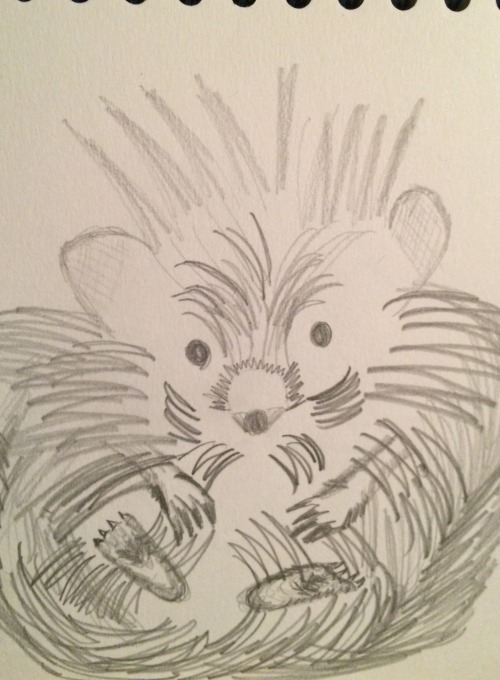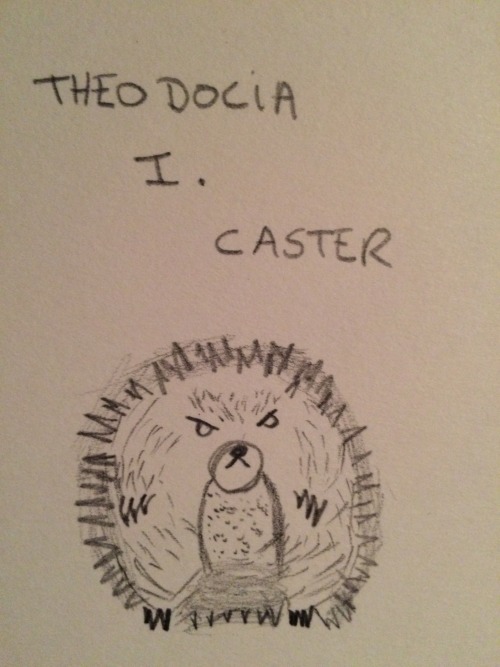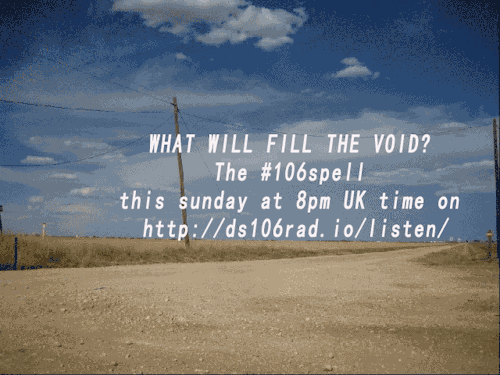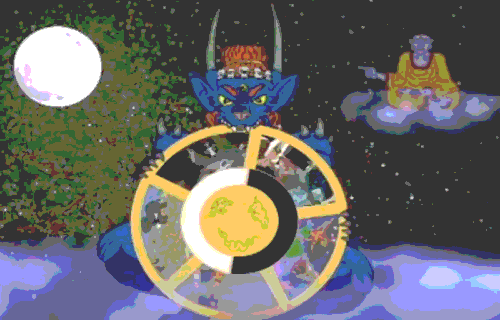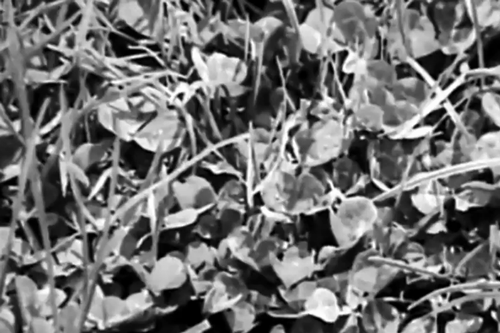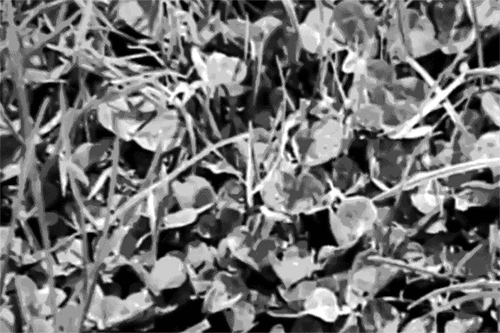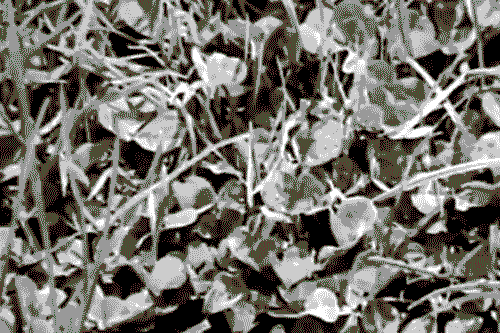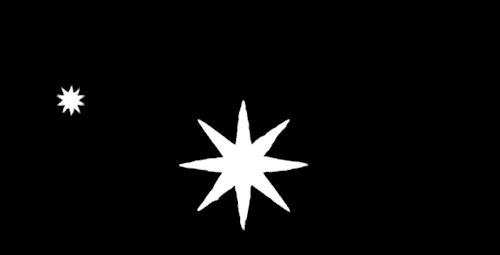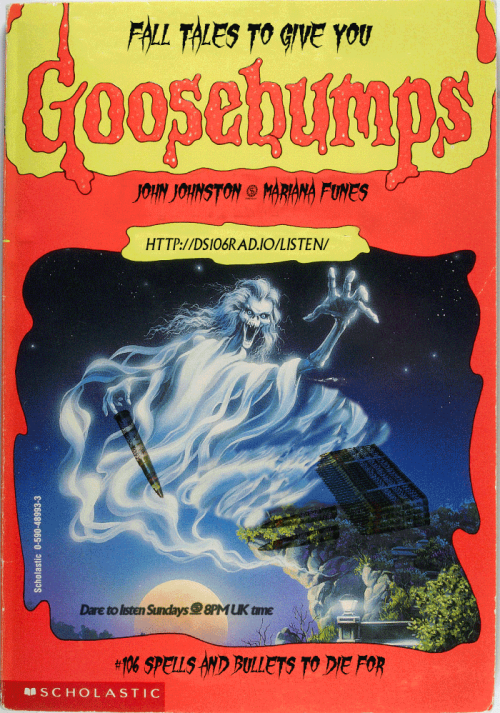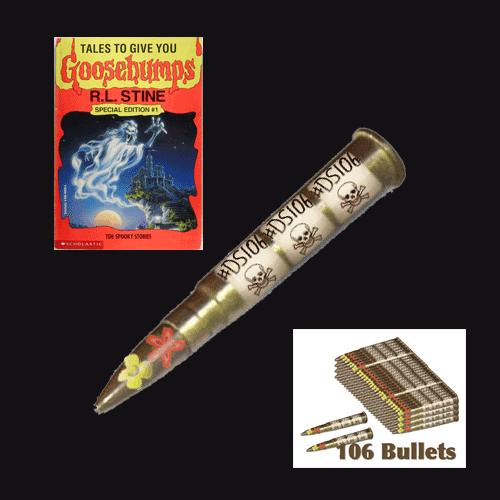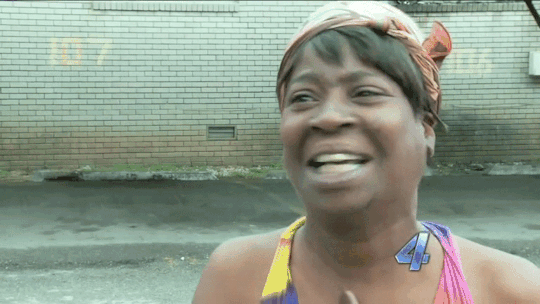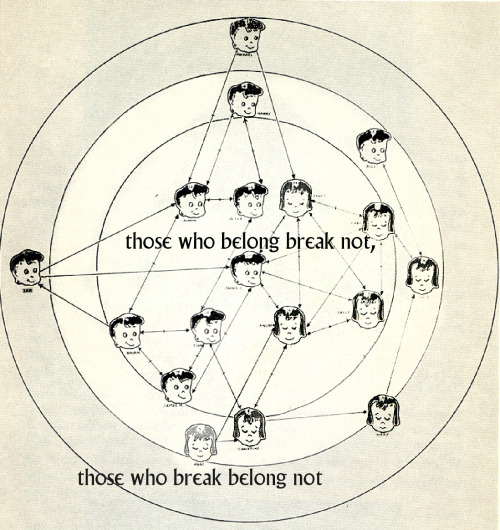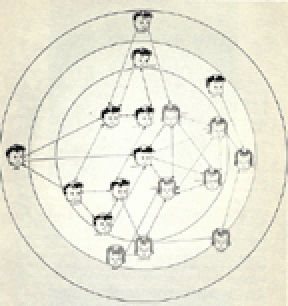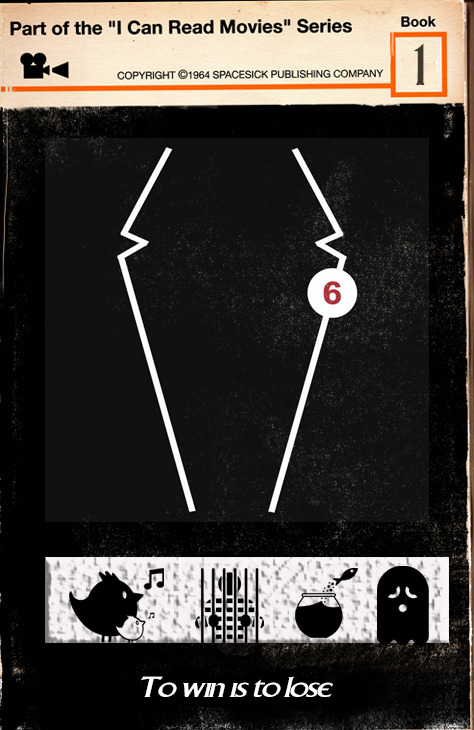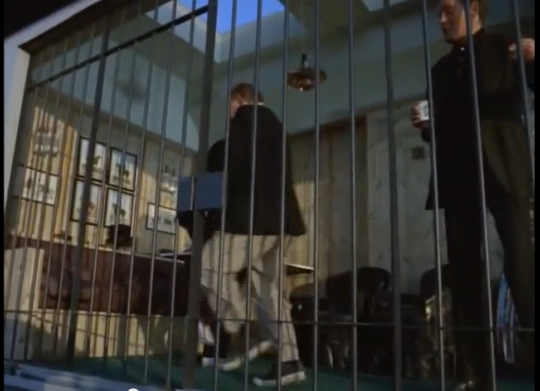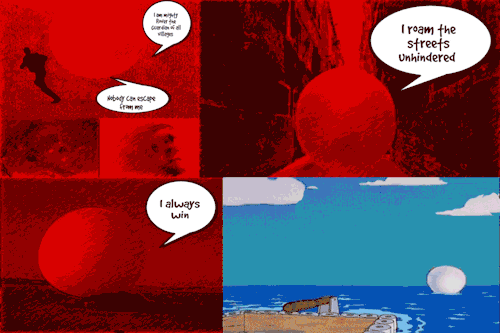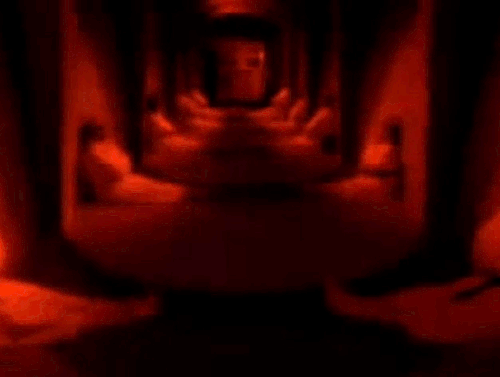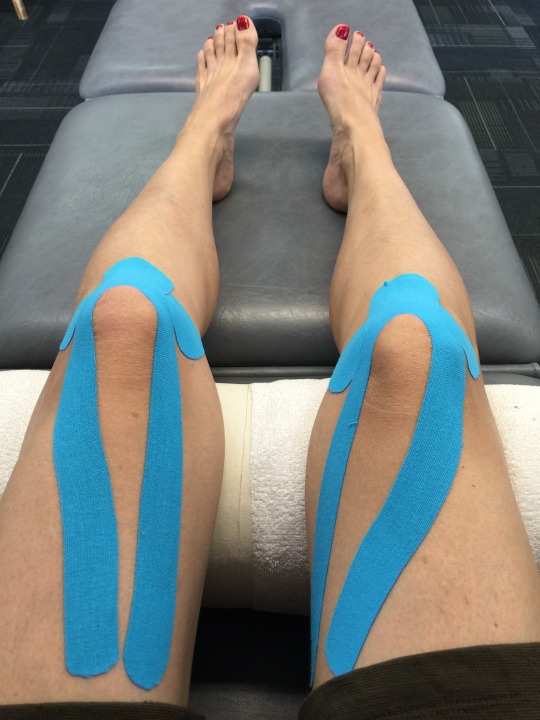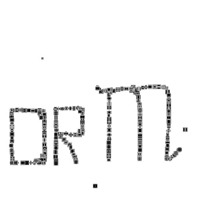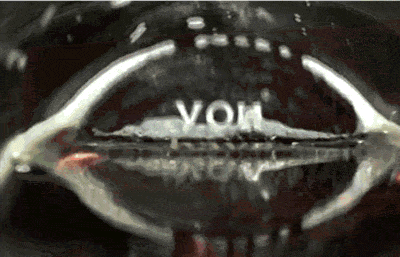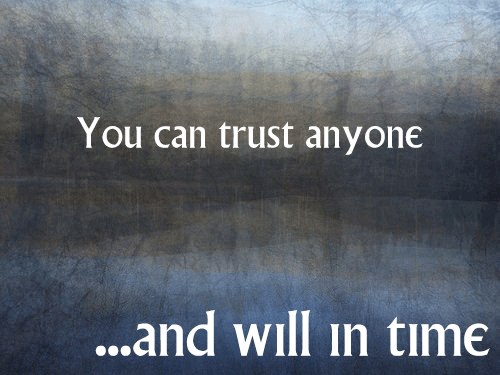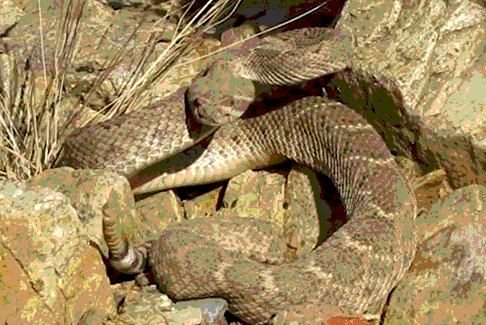
Art on the couch rides again!
Inspired by John Johnston’s post last week, I dusted the #artonthecouch tag and decided to do an art critique on one of the gifs I liked the most since Western 106 started. You can view more detail about the questions and read the original post if this is your first encounter with #artonthecouch. You can always submit art for us to put on the couch if you want to!
Essentially, a few of us are trying to learn how to pay attention to art in a more informed way. The questions are from Marvin Bartel and our frame for it comes from the Art Assignment:
“But first, let’s talk about why we should critique in the first place. Because it’s the Internet, and you can anonymously say whatever you want? I’d say no. Because you like to change the minds of the person you’re critiquing? Definitely no. Critique is often most instructive for the person offering it. In looking at other people’s work, and formulating your opinion of it, you’re learning a great deal”
and that is that.
I had to edit gif to load on Tumblr. Please see original on Mark’s blog.
I was really struck by Mark’s animated gif. I kept looking at it and enjoying it, I could not explain why as snakes are not my favourite creatures. I wanted to spend more time with it to explore my response to Mark’s art more deeply.
1. What stands out the most when you first see it?
The tail of the snake almost dancing out of the picture is what stood out for me most.
2. Explain the reason you notice the thing you mention in number 1.
I was also struck by the uniformity of colour, it is as if you are not supposed to see anything moving at all and then suddenly the tail jumps out at you. The snake blends into the rocks which is what it does in real life, the gif portrays this well with colour and cropping.
3. As you keep looking, what else seems important?
The rhythm of breathing of the snake mirrored in frame speed and I was drawn to breathing and tongue coming out, the only thing that is a different colour.
4. Why does the thing you mention in number 3 seem important?
The black tongue says ‘danger’ and stands out of the frame in a different direction to the tail, and I can see it is a forked tongue! I imagine the artist wanted to convey the sense of danger of a snake of this type.
5. How has contrast been used?
In a way it is the lack of contrast that gives it power, it is as if it surprises the viewer as one looks at a uniform colour and what seems like just rocks on first viewing.
6. What leads your eye around from place to place?
The snake and the rocks are connected by the same colour and markings this makes the viewer look and look again. Is something moving? Is it just rocks?
7. What tells you about the style used by this artist?
The sharpness, close framing speaks to realism. Making me almost feel the dry heat as if I was walking on a path and had actually seen it as I walk.
8.What seems to be hiding in this composition and why?
As I keep looking I notice the dry grass is moving too. I had initially thought the snake was the only thing moving and the rest had been masked as if a cinemagraph. The why may be about meaning: the grass moving helps the sense of the snake hiding in the rocks or it may be about technique, this is Mark’s second gif and masking may be something he has to play with yet.
9. Imagine the feelings and meanings this artwork represents?
‘DANGER! Keep out!’ What is interesting is that it catches a moment before anything happens and gives the viewer a sense of danger pending. We can run away…only if we are quick enough.
10. What other titles could you give this artwork?
’Just hanging out in the sun’ ‘Now you see me, now you don’t’ ‘The west that is’
11. What other things interest you about this artwork?
I wonder about masking the grass so only snake moves, would it reduce or add to sense of danger? I also wonder about panning out so we can see more of the environment, would it detract or add to the surprise that the snake is moving in the image?
I have been making gif art for a long time now, a key thing for me is always this idea of ‘catching a moment’ - the frame selection is so precise and clean, the timing of the frames just so, this is what I see as its most powerful pull for us as viewers. Thank you, Mark.
